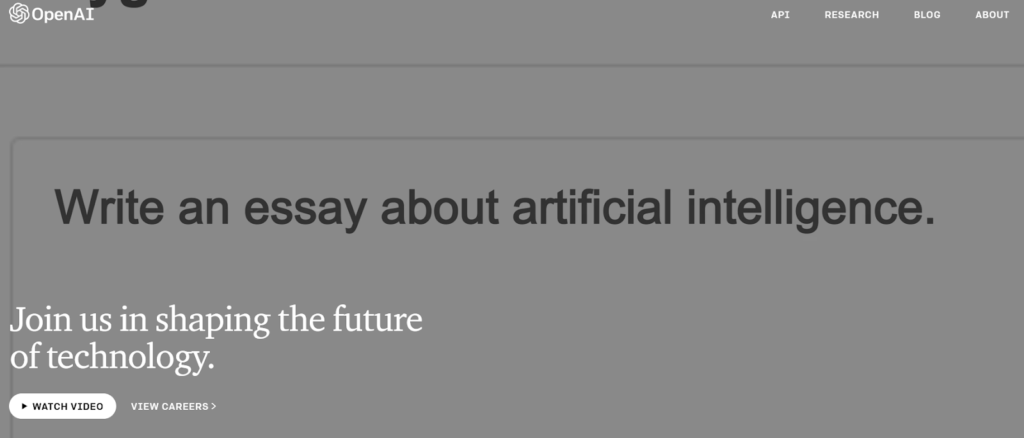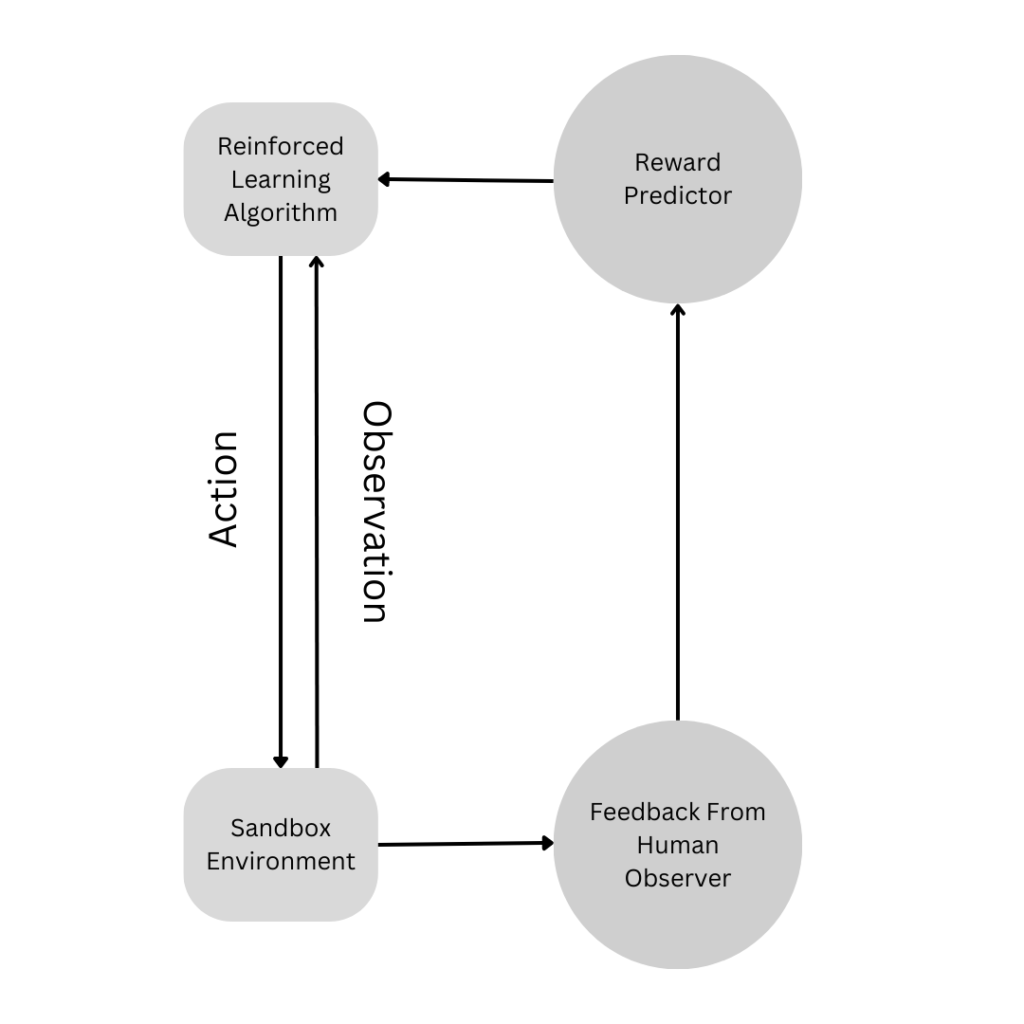Recently, artificial intelligence has been making a lot of buzz in the news and it is a justifiable buzz too. AI researchers have created programs that can process human text and have conversations, as well as generate images from a text prompt on almost anything that you can imagine.
These AI tools with the capability to mimic humans to such an extent have also faced controversy as there is an increased worry that the tools can replace human artists. The most popular among such tools is the Chat GPT 3, a text generation tool that is capable of holding conversations with humans with regenerative text similar to natural language. This means it can say the same content in different ways, showing the bot’s complex language processing ability.


Chat GPT is one of the projects of OpenAI, a nonprofit research laboratory focusing on creating useful artificial intelligence tools for the overall benefit of humanity. Besides ChatGPT, OpenAI has also developed various other AI projects such as Dactyl, a product focusing on replicating the human hand, and Dall-E the recently popular image generation tool.
Most of the projects of OpenAI use reinforcement learning, where large amounts of data are fed to the machine learning algorithms which then try to solve problems specific to their use cases by trial and error.
If this is getting too technical for you, let us now take a look at what ChatGPT is, how it works, and what it means to us as algorithms are increasingly capable of performing not only repetitive tasks but creative tasks which were considered to be impossible to do without human assistance.
What is ChatGT?


A fun thing with a regenerative conversational robot is that you can simply ask what it is, exactly and I did just that.
First, I asked the question


for which I got the answer


Well, that is too easy, even Siri and Google Assistants can give such responses to my prompt. So then I asked a question that is not so direct and straightforward, which is


for which I received the following answer.


Now, this is a highly contextual answer as the tool says which not your run-off-the-mill digital assistants can’t do. Bewildering, isn’t it? To add to it, this is not a canned answer which means every time you ask a question, the answer will be unique, much like asking the same question to different people and getting the same answer in different words. There is an option to regenerate responses, let us see how it works for the last question.


I have regenerated the response for several questions a lot of times and sure enough, I got original answers each time.
Besides the explanation given by the tool itself, let us see how exactly the programmers and researchers have created this tool now.
How Does ChatGPT Work?
A wide variety of artificial intelligence relies on processing vast amounts of data to learn a wide range of use cases and examples. This is where reinforcement learning comes in, where the AI is working with a rewards and punishments system and is designed in a way to maximize rewards that are desired and minimize so-called punishments that are not desired.
Earlier, we saw about the reinforced learning algorithm and how it uses large amounts of data and trial and error to mimic human-like intelligence. The ChatGPT uses a similar technology that is slightly different called Reinforcement Learning With Human Feedback.
In this system, a human moderator supervises samples from the sandbox environment where the algorithm is put to work. The human can take the samples and give feedback to the algorithm in terms of which output is more desirable, and this is in turn used by a reward predictor, which is fed back to the system to fine-tune its decisions.


This closed loop system is an improvement on the plain reward and penalty system as the human gives context-based guidance to the algorithm for each sample instance to maximize rewards, unlike the generic, high-level reward guideline setup when the algorithm was designed.
How does ChatGPT give human-like responses?
ChatGPT has been trained in large amounts of text data including articles, books, and conversations between humans so it can identify and understand patterns and structure of the language.
This helps the bot to produce unique responses in different styles such as formal and casual conversations, informative, descriptive, and more, and this is what makes the bot useful for a variety of applications that require unique content in different formats from a marketing copywriting and scientific articles to short stories and essays.
Limitations
Such a comprehensive text response AI tool has certainly gotten backlash from writers and other creators, who worry that such tools might make their roles and jobs obsolete. This is not completely true. The tools are primarily created to assist with creating more responsive chatbots and make it easy for translators by taking on the menial repetitive tasks that can be otherwise boring and time-consuming.
While the tool is great in understanding and giving human-like responses to a wide range of questions and topics, it does have some limitations. Firstly, though the bot has been trained with large amounts of data, it still cannot process or create information that is outside what was fed to it, limiting its range.
Another disadvantage is that the data it was fed to was limited and the bot cannot access the internet to regularly update or improvise its response with reference to time, which can cause inaccuracy and some responses may even be obsolete and inaccurate.
One of the major limitations is that ChatGPT is a language model trained on large datasets, and cannot mimic the way humans think and reason. What this means is that even though AI tools produce naturalistic output, they are in a way limited in how they can perceive and conceive information.
Artificial intelligence has surely become a fascinating as well as worrisome thing to watch out for in the coming years. But with proper modeling and safety training, they can surely benefit society as a whole and be a positive tool as with all recent technological advancements.
Hope this article helps you get an idea about artificial intelligence and OpenAI ChatGPT. You can also check out the video below for some more demos of ChatGPT. Let us know your thoughts about the future of AI in the comments section.











